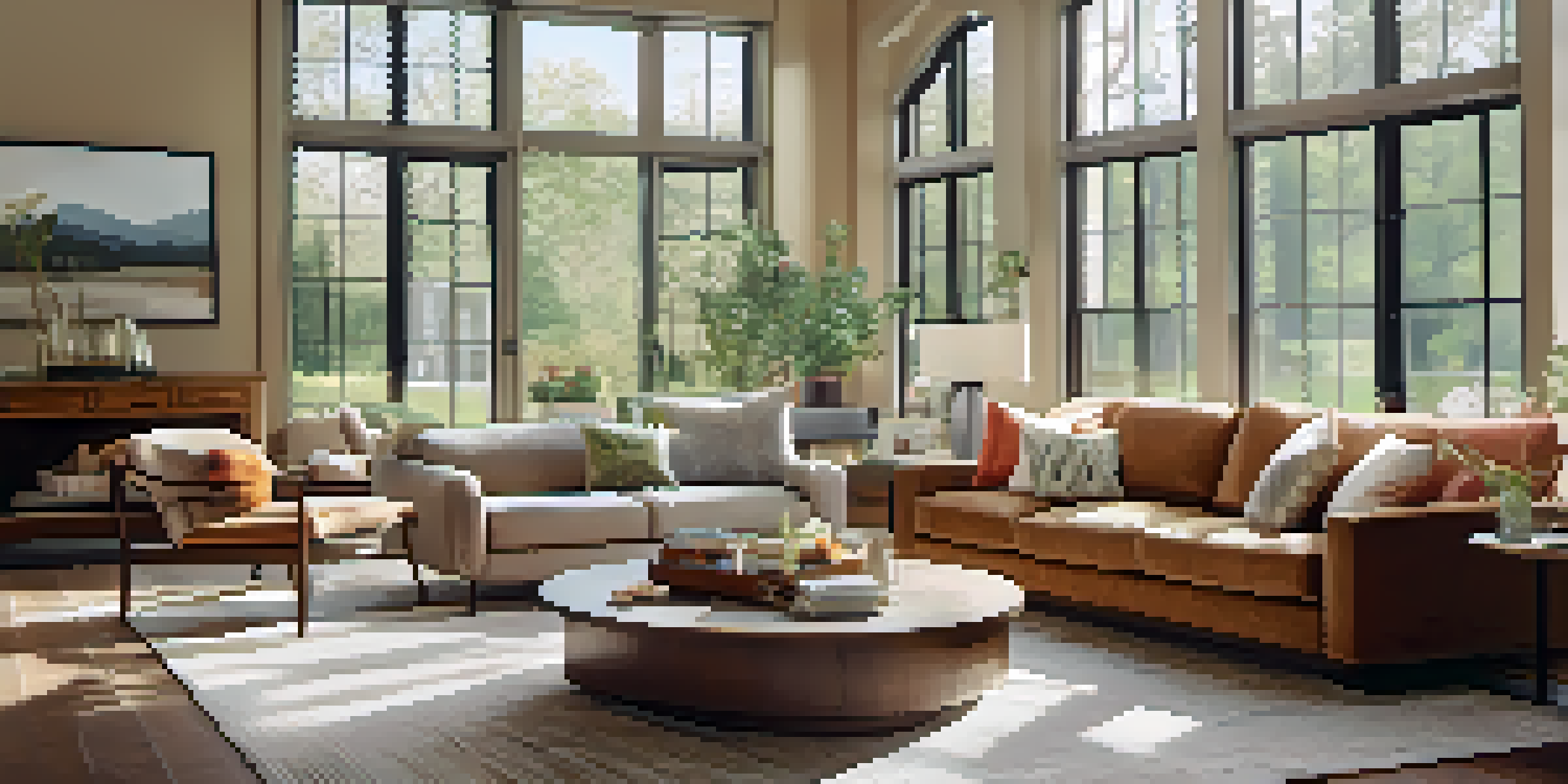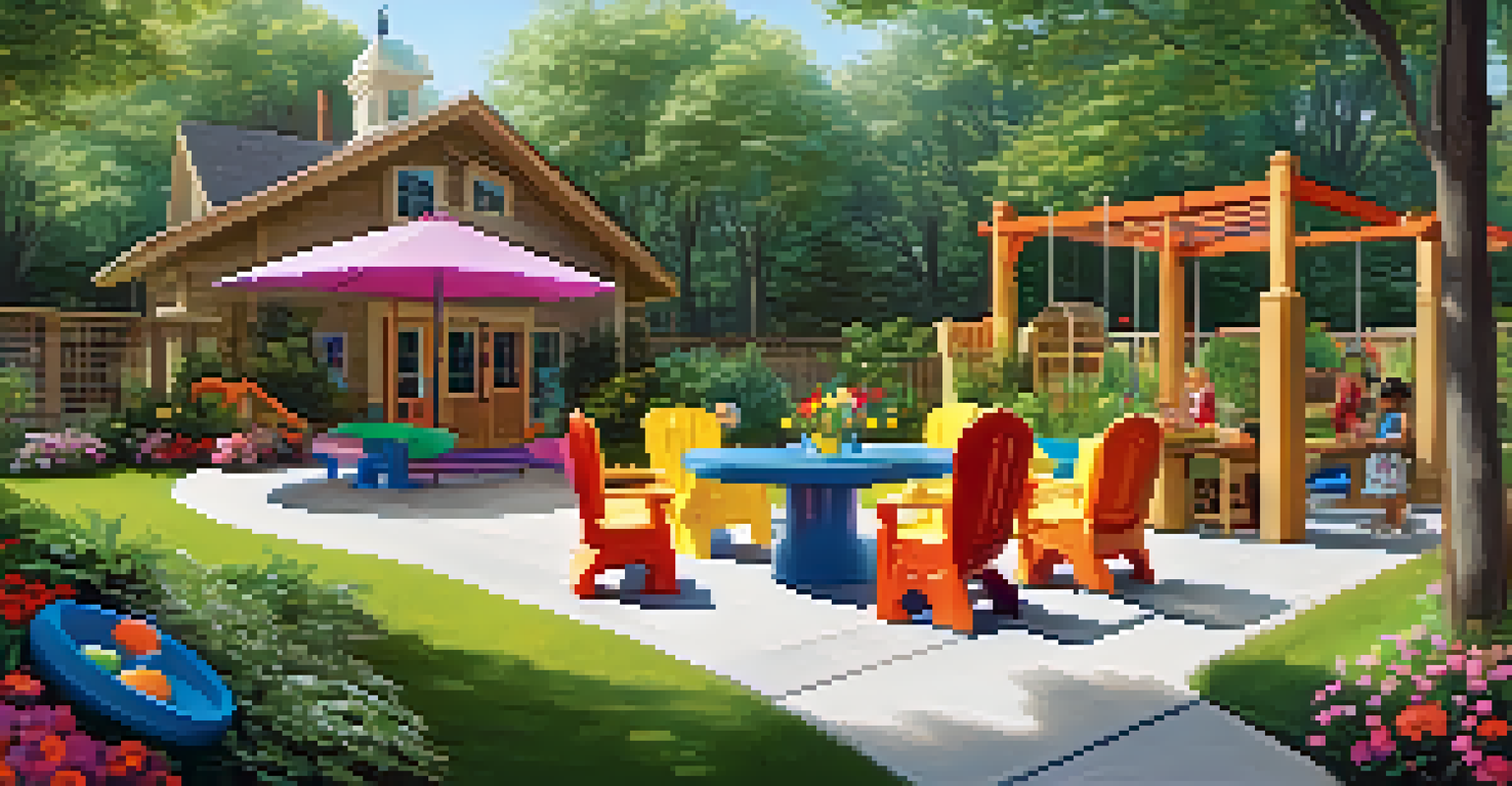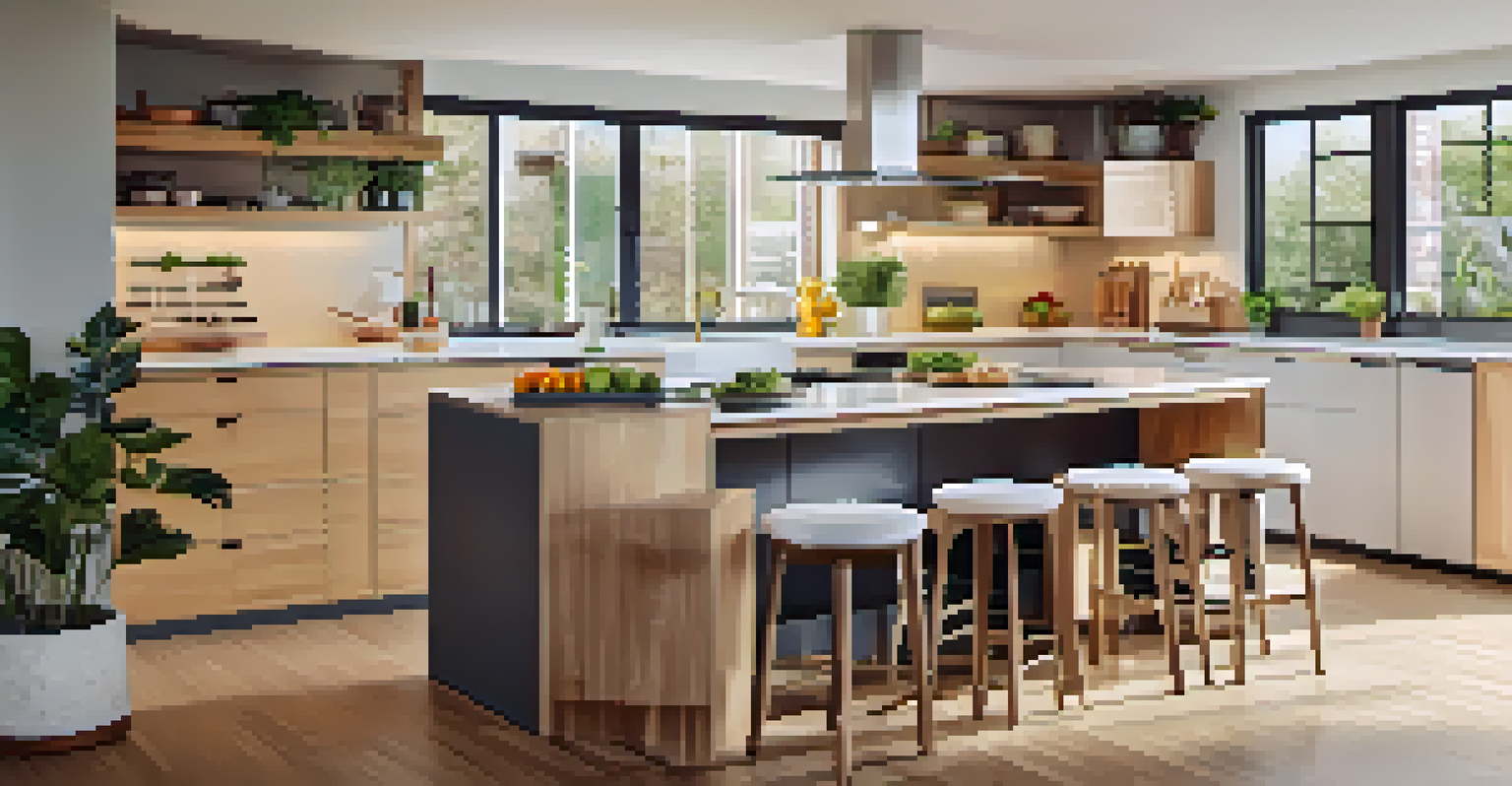How to Create a Family-Friendly Home Through Renovation

Understanding Family Needs in Home Renovation
When renovating your home, it's essential to consider the various needs of your family members. Each age group, from toddlers to grandparents, has unique requirements that can influence the design and layout of your space. For example, open floor plans can create a sense of togetherness while also allowing for easy supervision of children.
The home should be the treasure chest of living.
Think about the activities your family enjoys. Do you often host gatherings, or is quiet family time more your style? This understanding will help you create spaces that cater to your lifestyle, whether that means a cozy reading nook or a large dining area for family meals.
Lastly, don't forget about future needs. Families grow and change over time, so consider how your renovations can adapt to different stages of life. This foresight can save you time and money in the long run.
Choosing Safe and Durable Materials
Safety should be a top priority when selecting materials for your home renovation. Opt for non-toxic paints, finishes, and materials that are safe for children and pets. This choice not only protects your loved ones but also contributes to a healthier living environment.

Durability is another crucial factor. Families are often busy, and wear and tear is inevitable. Look for materials that can withstand the rigors of family life, such as scratch-resistant flooring or stain-repellent fabrics, ensuring your home stays beautiful for years to come.
Understand Family Needs First
Considering the unique needs of each family member can guide your home renovation decisions.
Lastly, consider ease of maintenance. Renovating with low-maintenance materials can free up your time for family activities instead of constant upkeep. This practical approach allows you to enjoy your home without the stress of excessive cleaning or repairs.
Creating Functional Spaces for Family Activities
When designing your home, think about how to create spaces that accommodate various family activities. Whether it's a play area for kids, a home office for parents, or a cozy movie night zone, each space should serve a purpose. A well-planned layout can enhance family interaction and make daily routines smoother.
Home is not a place, it's a feeling.
Incorporating multifunctional furniture is a great way to maximize space. For instance, consider a dining table that can expand for family gatherings or a sofa bed for overnight guests. These versatile choices can keep your home adaptable to family needs.
Don't forget about outdoor spaces too! A well-designed backyard or patio can provide a safe area for children to play while also serving as a gathering spot for family barbecues. Think about how the outdoors can complement your family's lifestyle.
Incorporating Storage Solutions for Clutter-Free Living
Clutter can quickly take over a family home, so incorporating smart storage solutions is essential in your renovation plans. Built-in shelves, under-bed storage, and multi-purpose furniture can help keep your living spaces organized, making it easier for everyone to find their belongings.
Designate specific storage areas for toys, books, and other family items. This approach not only keeps things tidy but also teaches children the importance of organization. Plus, it ensures that everyone knows where to put things back after using them.
Choose Safe, Durable Materials
Selecting non-toxic and durable materials ensures a safe and long-lasting living environment.
Consider creating a family command center, where schedules, mail, and important documents can be kept in one place. This central hub can streamline daily routines and help the family stay connected, reducing stress and chaos.
Making the Home Accessible for All Family Members
Accessibility is a crucial aspect of a family-friendly home. Think about how you can make your space comfortable and easy to navigate for family members of all ages and abilities. This might include wider doorways, ramps, or even a bedroom on the main floor for easier access.
In the kitchen, consider adjustable-height countertops or pull-out shelves to make cooking and meal prep more accessible for everyone. These small changes can significantly improve the usability of your space and encourage family involvement in daily activities.
Additionally, incorporating grab bars in bathrooms or non-slip flooring can enhance safety for older family members or those with mobility challenges. By planning for accessibility, you create a welcoming environment for everyone.
Designing Inviting and Comfortable Common Areas
Common areas serve as the heart of a family home, so it's vital to design them to be inviting and comfortable. Choose warm colors, cozy furniture, and plenty of cushions to encourage relaxation and conversation. A well-designed common area can become a favorite gathering spot for family members.
Consider the flow of the space. Open layouts can enhance connectivity, allowing family members to interact even while engaged in different activities. A seamless transition between the kitchen, dining, and living areas can foster a sense of togetherness.
Create Functional, Inviting Spaces
Designing spaces that accommodate family activities while being inviting can enhance daily life and interactions.
Don't forget personal touches! Family photos, artwork, and meaningful decor can make the space feel more like home. Involving the family in the design process can lead to a space that truly reflects your collective personality.
Planning for Outdoor Family Spaces
Outdoor spaces can significantly enhance your family-friendly home, providing a safe area for kids to play and a relaxing retreat for adults. Consider adding features like a play structure, sandbox, or garden area that encourages outdoor activities and exploration.
Creating a comfortable outdoor seating area can also promote family gatherings and barbecues. Think about incorporating a patio or deck with ample seating and a fire pit for cozy evenings spent together under the stars.

Finally, consider your landscaping. Simple, low-maintenance plants can create a beautiful environment without requiring excessive upkeep, allowing you to spend more time enjoying your outdoor spaces with family.